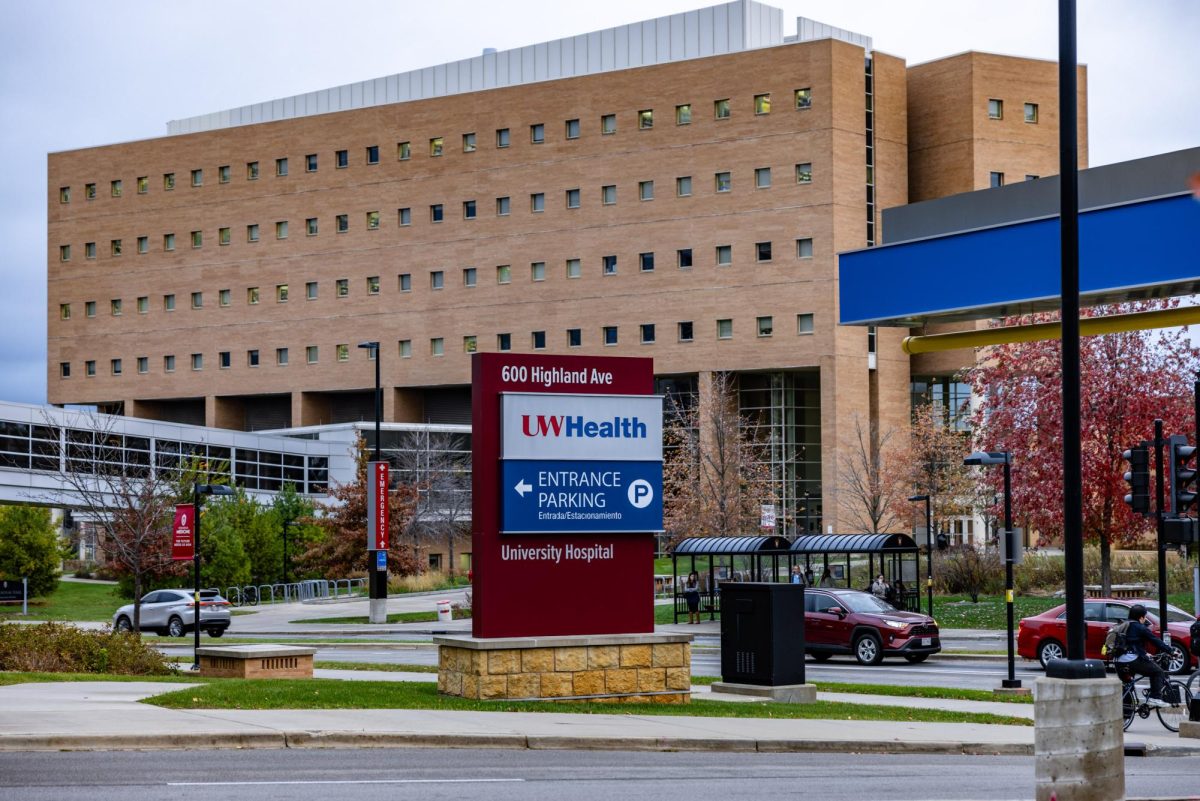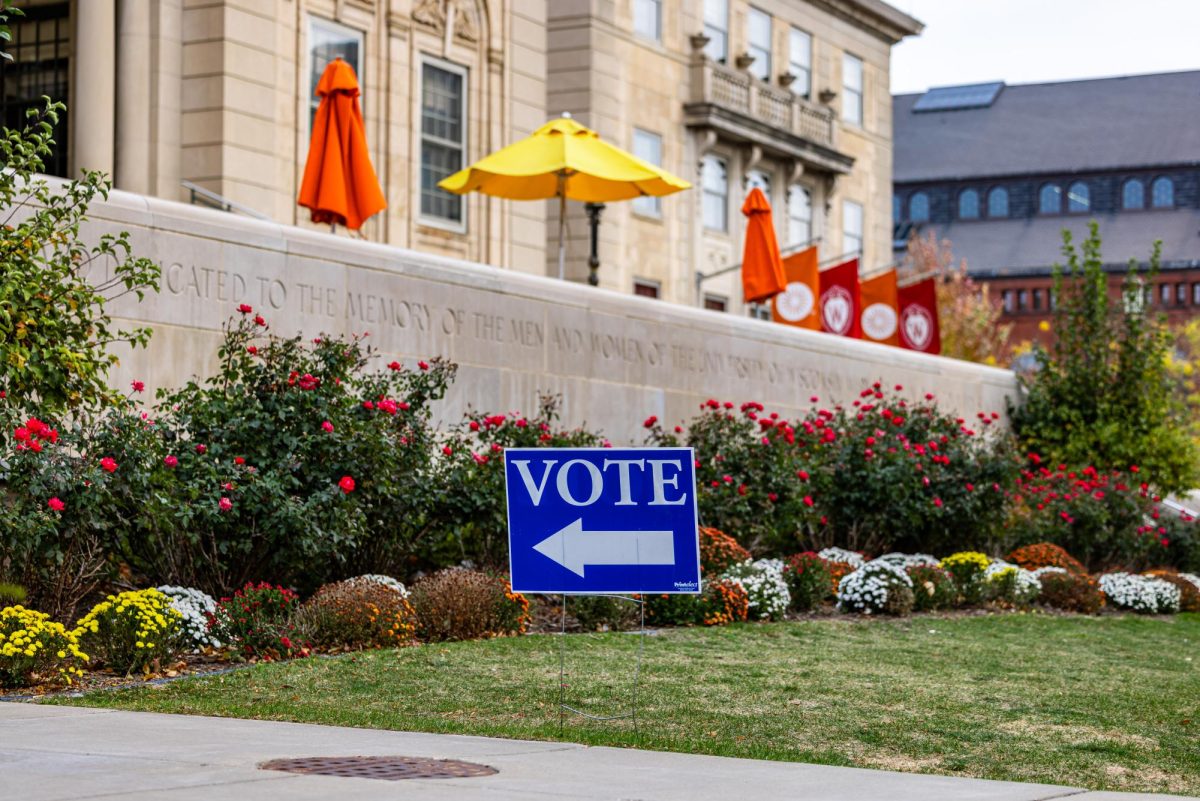As of Monday afternoon, 416 people in Wisconsin have tested positive for the COVID-19 virus, including 61 in Dane County, according to the Wisconsin Department of Health Service’s most recently available data.
Dane County is among eight other counties experiencing community transmission of the COVID-19 virus, whose origins are unknown. Five Wisconsinites have died from the disease so far, and 7,050 individuals have tested negative.
In response to the growing crisis, Governor Tony Evers announced over Twitter that he would be issuing a stay at home order on Tuesday, despite saying just days ago that Wisconsin could avoid a shelter in place. The order, which is set to take effect at 12:01 a.m. on Wednesday, shutters all non-essential businesses and requires individuals to stay home as much as possible.
In light of coronavirus epidemic, vaccines should be mandatory
At a press conference on Monday afternoon, Evers said that more information regarding what is considered an essential business would soon be made available.
“Shrinking your circle of interactions will help prevent the spread of COVID-19,” Evers said in a follow up tweet. “Unfortunately that means no sleepovers, no play dates, and no dinner parties with friends and neighbors.”
Possible cases of coronavirus pending, Wisconsin begins testing at labs
The task of enforcing the order, which is mandatory, would fall to local law enforcement officials, Evers’ Chief Legal Counsel Ryan Nilsestuen said.
Nilsestuen also said the Attorney General’s office would be providing guidance to local law regarding enforcement.
“While there are penalties associated with enforcing it, we hope that people will chip in and do their part because of the gravity of the situation,” Nilsestuen said.
A shortage of tests has led the Wisconsin DHS to enact a four tier hierarchy of testing priority. On March 17, the DHS said labs they were working with would only be testing samples from individuals meeting criteria for the highest two tiers, which include those hospitalized with unexplained fevers and lower respiratory tract illnesses, as well as healthcare workers displaying similar symptoms who may or may not be hospitalized.















